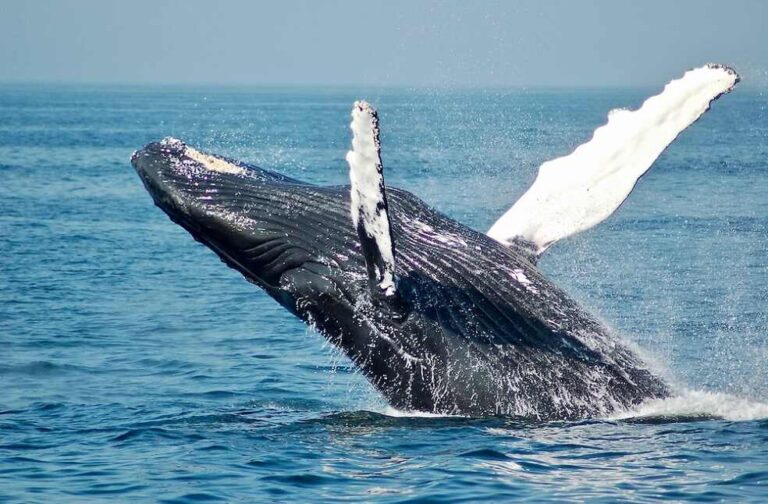California, US: An almost 32-foot-long monstrous frame of a male humpback had washed up along the shores close to Fort Bragg, California recently, making it the fourth to be lying along the shores of Mendocino this year.
A day later, a young female humpback whale has been discovered dead in the far north, close to Vancouver Island. After being discovered for the first time in 2018, the female humpback became known to scientists as “Spike.”
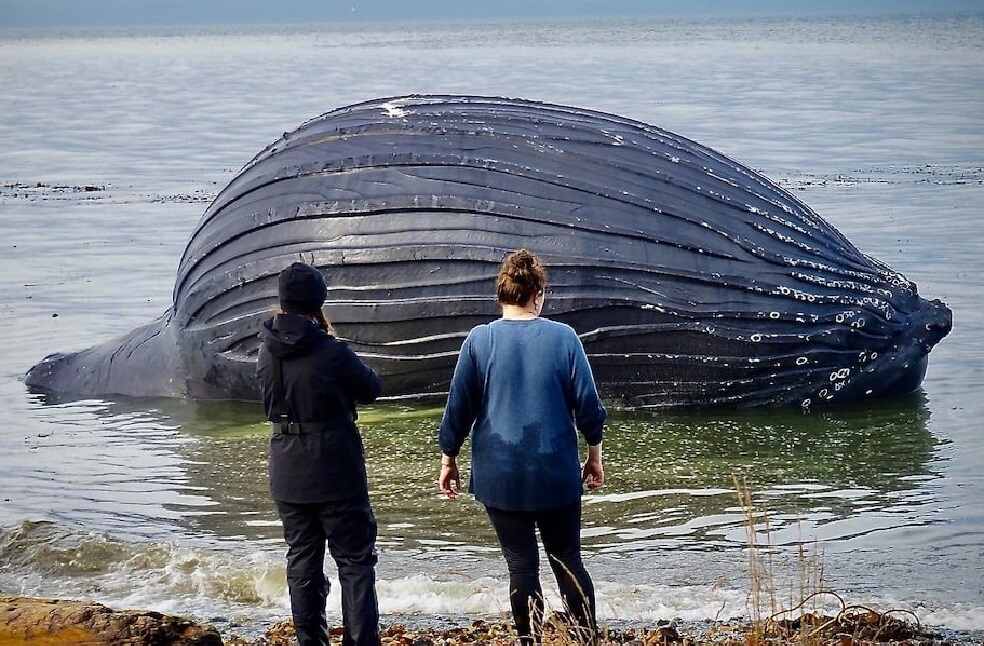
As scientists examine the remains to learn how and why the massive migratory creatures ended up on these shores, whale deaths have left the public concerned. Even while every loss is tragic, the remains of the whales help scientists better understand ocean conditions and escalating hazards, making it a piece of extremely valuable evidence.
Whales are frequently regarded as markers of ocean health since they are important members of the ocean ecosystem with ranges that span thousands of kilometers. Unnatural deaths may be warning signs of a problem.
The trauma caused by ship collisions is frequently to blame for whale deaths. However, secrets aren’t always simple to unravel, and the autopsy of the whale will take some time.
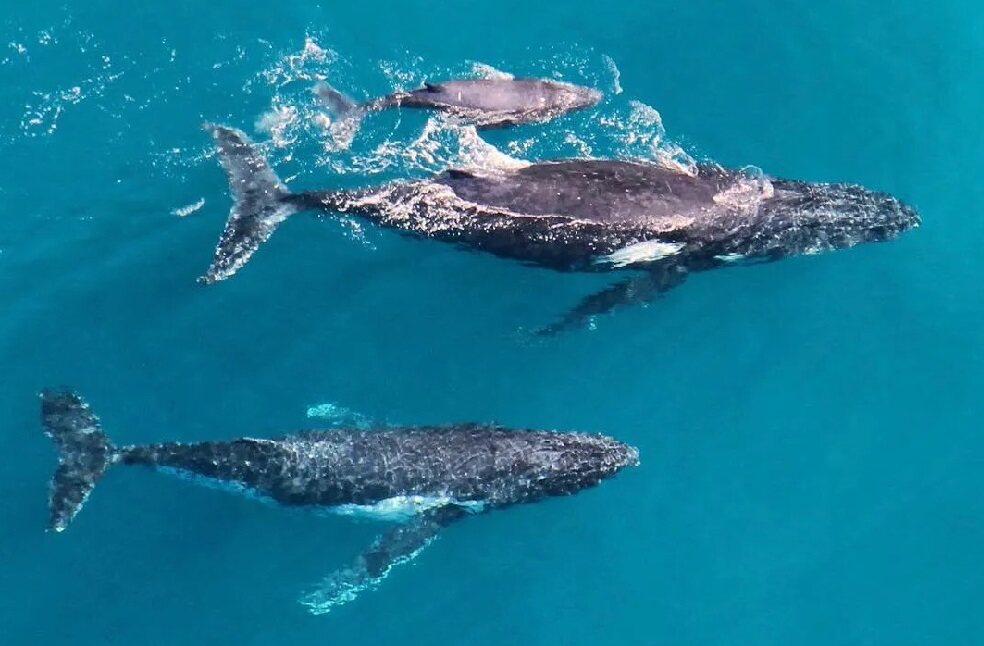
Not long ago volunteers and experts began gathering samples to identify the cause of death of the beached body north of Pudding Creek Beach in California as anxious onlookers gathered around it. Samples of the whale’s skin, fat, and pelvic bones, which will be delivered to the California Academy of Sciences, and some of its baleen sieve-like strands that allow whales to strain and filter their prey were also collected.
Even after a laceration was noticed on the whale’s right side, Sarah Grimes of the Noyo Center for Marine Science informed local media that “Nothing obvious points to ship strike at this time.” Researchers will keep looking for bruises and fractured bones on the carcass.
Whale deaths from collisions with ships, which frequently occur in the areas where massive cargo ships ply their trade, are an increasing concern for the endangered animals.
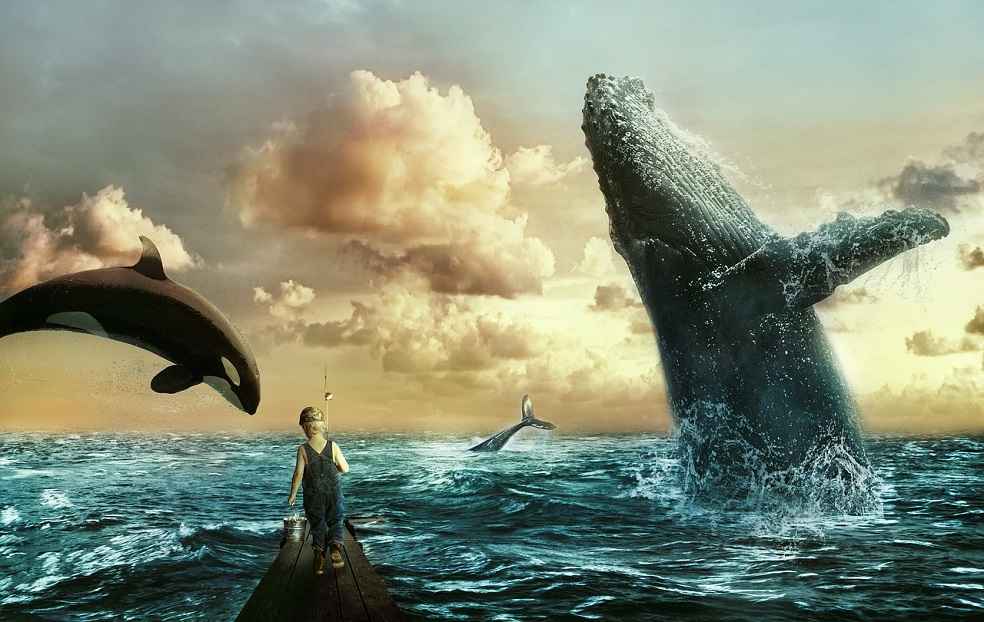
“When ships travel quickly through these areas, there is a high risk of collision, injury and death, as whales are often unable to get out of the ship’s path in time,” according to a World Wildlife Federation information page on the subject.
In a 2019 study, ecologists compared them to ocean “roadkill” due to the escalating death toll.
Scientists were interpreting injuries on Spike’s body to look for clues as to what would have killed the cherished whale hundreds of miles to the north. She didn’t appear to have any outward wounds. She is shown in photographs swollen from decomposition, anchored in shallow water.
According to the organization, Spike’s pictures were circulated to alert residents to the situation and to inform people about whales and what to do when they wash ashore. The Marine Research Society stated that the tragedy “might lead to more awareness, from who to call to whatever conclusions can be made about the cause of her death.” Fisheries and Oceans Canada is in charge of the investigation.
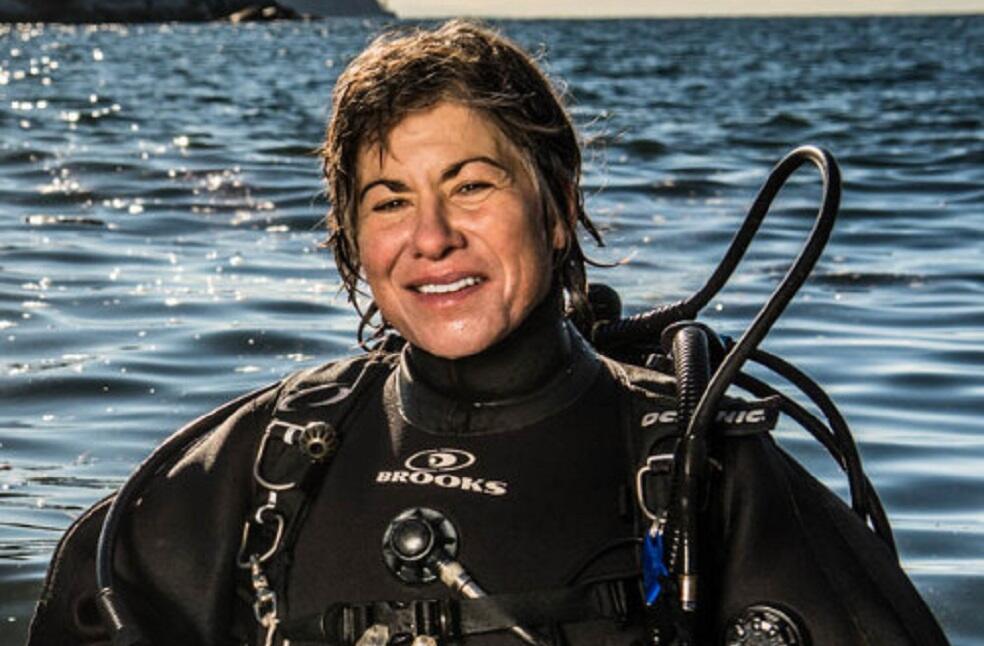
“We get to sense the depths of emotion that emerge from knowing these whales as individuals. It’s important that people care about whales as individuals because that helps us evolve in understanding how our actions impact them as representatives of the ecosystem, Spike is an ambassador for her kind,” Jackie Hildering, a Mers researcher, stated.
Hildering continued noting that beyond the loss the significant discovery will raise public interest. The story of many whales who die and go beneath the waves will never be revealed.


